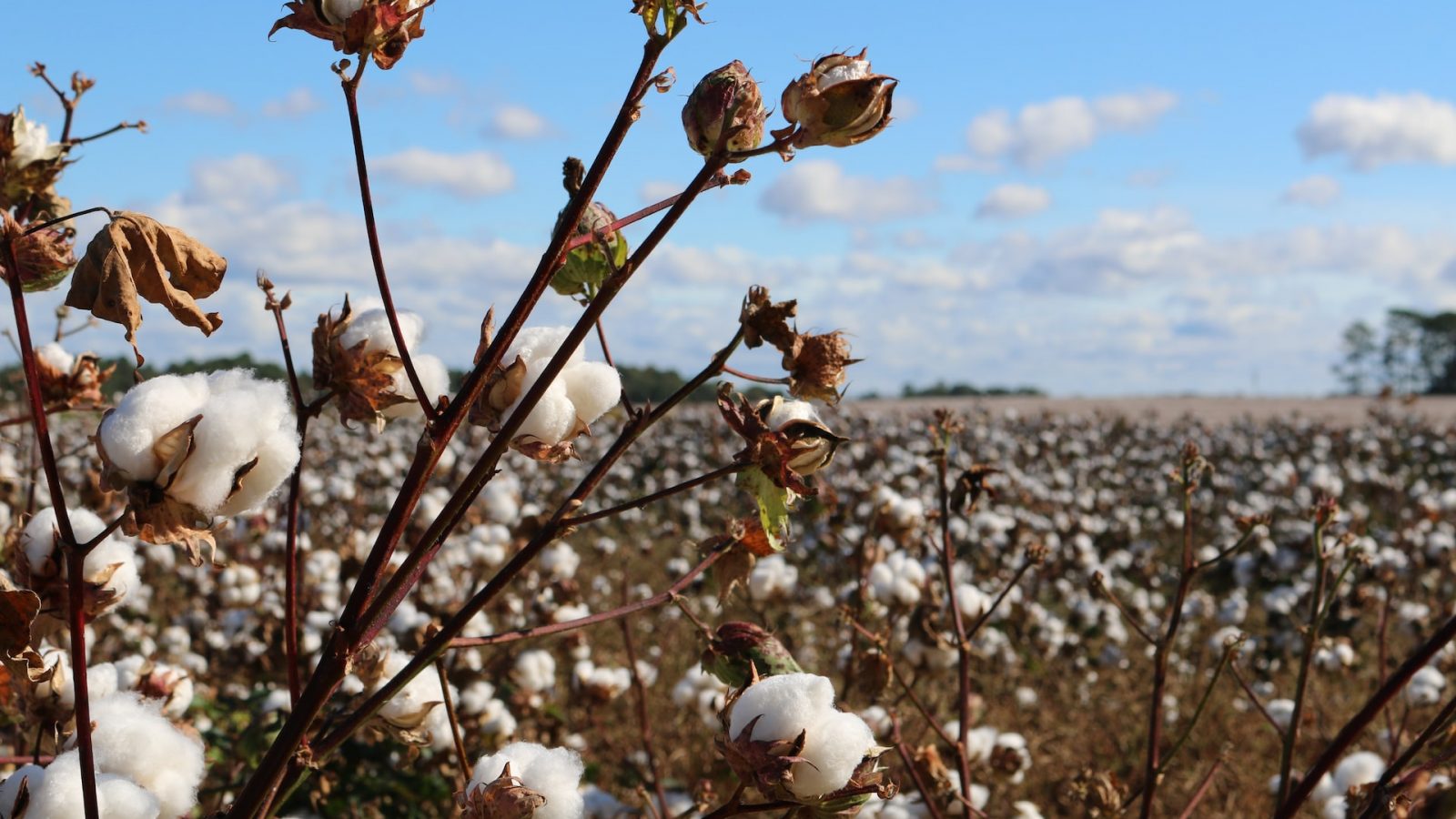
U.S. Cotton Trust Protocol grower members made significant sustainability improvements in 2021/ 22, according to the program’s second annual report. Achievements range from a 13% increase in land use efficiency to a 14% increase in water use efficiency. The farm-level, science-based sustainability program for the U.S. cotton industry also increased its membership, completed nine supply chain tracking pilots, and received additional international recognition by independent and government bodies.
Sustainability improvements across six key metrics
Using peer-to-peer data sharing and aggregated sustainability data provided by the Trust Protocol, grower members recorded the following achievements in 2021/2022:
- A 13% increase in land use efficiency
- A 14% increase in water use efficiency
- A 25% reduction in energy use
- A 21% reduction in greenhouse gas emissions
- A 78% reduction in soil loss, and
- Positive Soil Conservation Index for 70% of growers
Membership growth across the value chain
The number of U.S. cotton acres enrolled in the U.S. Cotton Trust Protocol has doubled since the program’s pilot year and now represents 1.1 million acres. Additionally, the initiative has welcomed over 900 brand and retailer, mill and manufacturer members.
Growing international recognition
The program also received international recognition from two major evaluation bodies. The U.S. Cotton Trust Protocol was approved by Siegelklarheit, an initiative of the German federal government, and accepted as an ISEAL Community Member.
Commenting on the results, Dr. Gary Adams, President of the U.S. Cotton Trust Protocol, said,
“These results are excellent, and even more so given the challenges of the past year– from increased scrutiny brought by the changing regulatory landscape to U.S. cotton growers faced with rising production costs and weather extremes. The past year has been one of perseverance, dedication and commitment. That has meant focusing on foundational growth and making thoughtful, innovative decisions.
“To continue this growth and ensure the program’s success we need to maintain our unwavering commitment to, and support of, our growers as they work towards continuously improving against our six core environmental metrics. Maintaining a focus on innovation and implementation of the latest technologies will also be a key tool in helping them to improve our future environmental footprint.”


